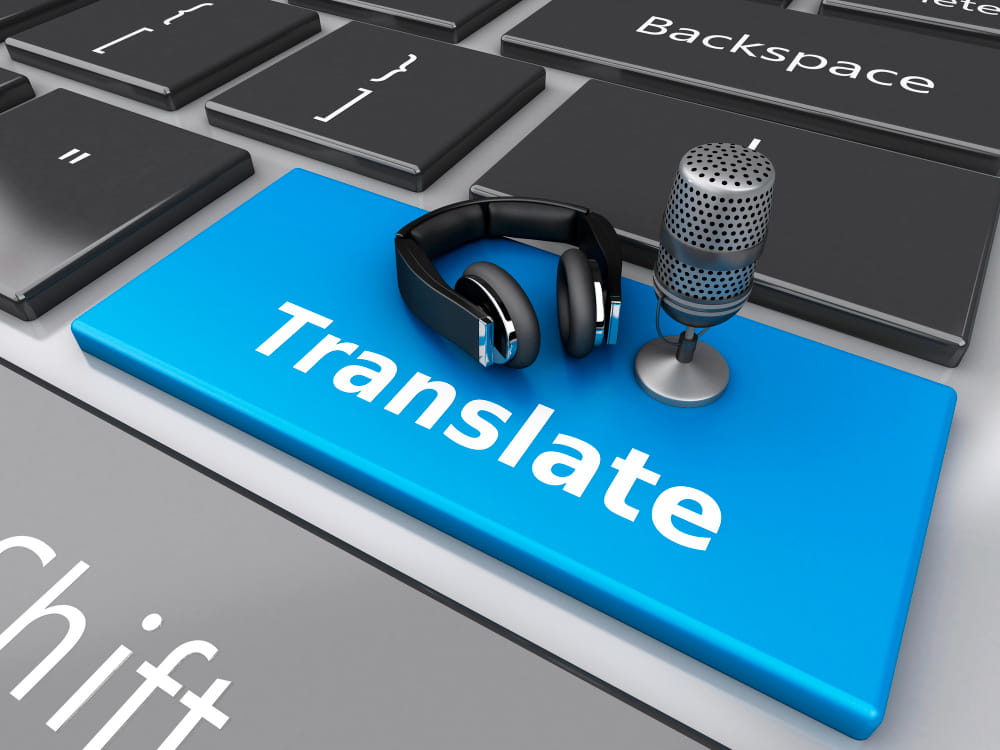Simultaneous interpreting is one of the most known and used translation forms. It has this name as it is instantaneous. And that is why it is part of most events and conferences worldwide. After all, it is done in an agile way and it is able to reach most participants.
For this reason, it is also called conference translation. However, it needs a number of devices to work. And it needs qualified people to perform it. That is why in today’s post we will discuss simultaneous interpreting and when we may use it.
How does simultaneous interpreting work?
Simultaneous interpreting aims to bring the maximum number of people possible together. So, it consists in translating the speech of a speaker to the language of the audience. But this work requires a lot of study and knowledge of several languages, as well as a certain agility in interpreting.
So, everyone who works with this service must train their memory well. After all, they must have the ability to listen, interpret, translate and then say that was said in another language. For this reason, the professional has to be qualified and be able to perform this work.
However, in addition to an experienced person, there is equipment that enable simultaneous interpreting. Among them, it is worth highlighting items such as the soundproof booth. Other items required so everything goes according to plan are transmitters, translation receptors, headphones and microphones.
The role of translation equipment in this service
The role of translation equipment in enabling simultaneous interpreting is crucial. After all, it is inside the soundproof booth where the interpreter will transmit all information. So, the audience will hear through the headphones they use.
The transmission of information works as follows. First, the speaker will say a sentence that will be transmitted to the translation central. Then the interpret will translate what was said, transmitting the same sentence in another language to the audience. This is all done with the headphones and transmitters.
When should I use simultaneous interpreting?
The use of simultaneous interpreting, as we mentioned in the beginning of the post, is for events. Therefore, the service is much requested for talks, conferences, corporate meetings and seminars. And it has helped several companies to overcome the barrier of different languages. And, with this, allowed the exchange of information worldwide.
Now that you know it all about simultaneous interpreting, be aware that you may find this service here with Brazil Translations! Our company provides excellent experiences with translation services, with the most qualified professionals who are in the market.
Did you like what you’ve read so far? So tell us what you think in our comments section! To keep receiving tips and news on the translation universe, follow the posts made here on the blog.



Pingback: หมอกระดูก
Pingback: ที่พัก โพธาราม ใกล้ฉัน
Pingback: blote tieten
Pingback: ออกแบบเว็บไซต์
Pingback: resource
Pingback: from this source
Pingback: ยาเพิ่มขนาด
Pingback: https://nexus90976.develop-blog.com/34112680/how-much-you-need-to-expect-you-ll-pay-for-a-good-https-hmcasinosuruguay-com-microgaming-casinos